How Retailers Use Handheld RFID Readers to Reduce Inventory Shrinkage
Inventory shrinkage—the loss of products due to theft, misplacement, or administrative errors—costs retailers over $100 billion annually (NRF, 2023). Traditional inventory management methods, such as manual stock counts and barcode scanning, are time-consuming and prone to inaccuracies.
Enter handheld RFID (Radio Frequency Identification) readers—a game-changer for retail inventory control. These portable devices enable real-time tracking, reducing shrinkage by improving accuracy, deterring theft, and optimizing stock management.
In this blog, we’ll explore:
✔ What causes inventory shrinkage?
✔ How handheld RFID readers work in retail
✔ Real-world success stories
✔ Key benefits of RFID over barcodes
✔ How to implement RFID for maximum ROI
1. Understanding Inventory Shrinkage in Retail
Inventory shrinkage occurs due to:
-
Shoplifting & Employee Theft (accounts for ~65% of losses)
-
Administrative Errors (miscounting, misplaced items)
-
Supplier Fraud (short shipments, incorrect invoicing)
-
Damage & Expiration (poor stock rotation)
Manual inventory checks are slow and error-prone, leading to stock discrepancies that hurt profitability. RFID technology provides a fast, automated, and precise solution.
2. How Handheld RFID Readers Work in Retail
Unlike barcodes (which require line-of-sight scanning), RFID tags transmit data wirelessly via radio waves. A handheld RFID reader can:
-
Scan hundreds of items per second (vs. one-by-one barcode scanning)
-
Read tags without direct visibility (inside boxes, under shelves)
-
Update inventory in real-time (reducing discrepancies)
Common Retail RFID Applications:
✅ Smart Shelves & Stock Alerts – Detect missing items instantly.
✅ Theft Prevention – Tag high-value goods with RFID for real-time tracking.
✅ Automated Cycle Counting – Reduce manual stock checks by 80%.
✅ Faster Checkouts – RFID-enabled self-checkout reduces queue times.
3. Real-World Success Stories
Case Study 1: Zara’s RFID Revolution
Zara implemented handheld RFID readers across its stores, enabling:
-
98% inventory accuracy (up from ~75% with barcodes)
-
50% faster stock replenishment
-
15% reduction in shrinkage due to real-time alerts on missing items.
Case Study 2: Macy’s RFID Rollout
Macy’s deployed RFID for high-theft categories like cosmetics and electronics. Results:
-
Reduced out-of-stock items by 30%
-
Cut inventory discrepancies by 60%
-
Improved loss prevention with tagged merchandise triggering alarms if stolen.
4. RFID vs. Barcodes: Why RFID Wins for Shrinkage Control
| Feature | RFID | Barcodes |
|---|---|---|
| Scan Speed | Hundreds per second | One at a time |
| Line-of-Sight Needed? | No | Yes |
| Data Storage | Up to 8KB (can store expiry dates, batch numbers) | Limited to a product ID |
| Theft Prevention | Real-time tracking & alerts | No anti-theft capability |
| Durability | Works even if dirty/damaged | Easily scratched/unreadable |
RFID’s real-time visibility helps retailers detect theft faster, reduce stockouts, and minimize human errors.
5. How to Implement Handheld RFID for Maximum ROI
Step 1: Tag High-Risk Items First
-
Start with high-theft products (electronics, luxury goods, cosmetics).
-
Use tamper-proof RFID tags for security.
Step 2: Train Staff on RFID Handheld Readers
-
Teach employees to perform quick stock audits.
-
Integrate RFID data with POS & inventory software.
Step 3: Automate Alerts for Suspicious Activity
-
Set up real-time alerts for unusual stock movements.
-
Link RFID to EAS (Electronic Article Surveillance) systems for theft prevention.
Step 4: Conduct Regular RFID Audits
-
Replace manual stocktakes with weekly RFID scans.
-
Use analytics to identify shrinkage trends.
6. The Future of RFID in Retail Loss Prevention
Emerging trends include:
🔹 AI-Powered RFID Analytics – Predict theft hotspots using historical data.
🔹 Blockchain-Enabled RFID – Secure supply chain tracking to prevent fraud.
🔹 Smart Fitting Rooms – RFID detects items taken into fitting rooms to prevent theft.
Conclusion
Handheld RFID readers are transforming retail inventory management, helping businesses cut shrinkage, improve accuracy, and boost profits. By tagging high-risk items, automating stock checks, and integrating RFID with security systems, retailers can reduce losses significantly.
Is your store still relying on barcodes? The shift to RFID could be your best defense against inventory shrinkage.
Interested in RFID solutions? Contact us for a free consultation!
No comments






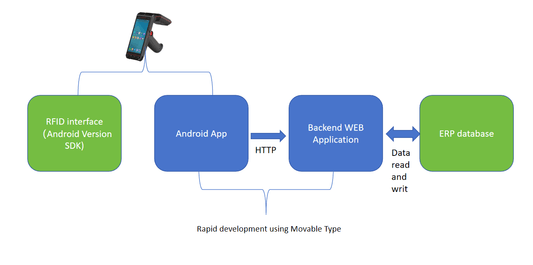
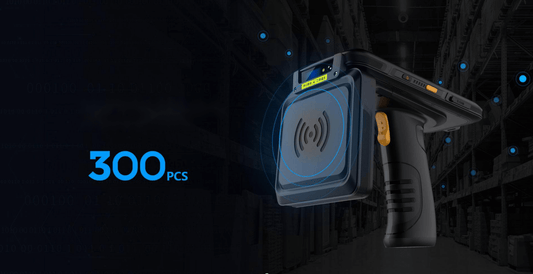

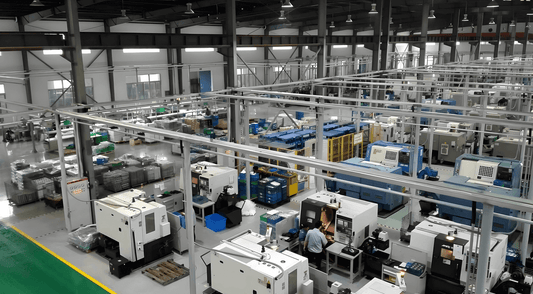
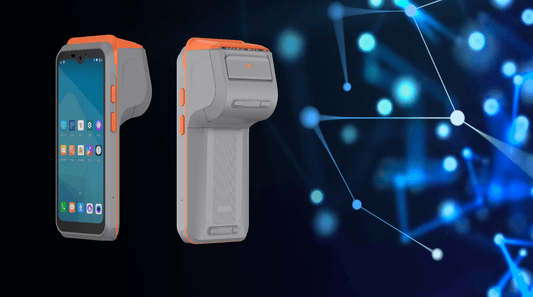
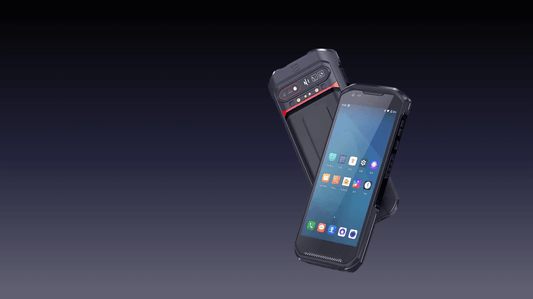
0 comments